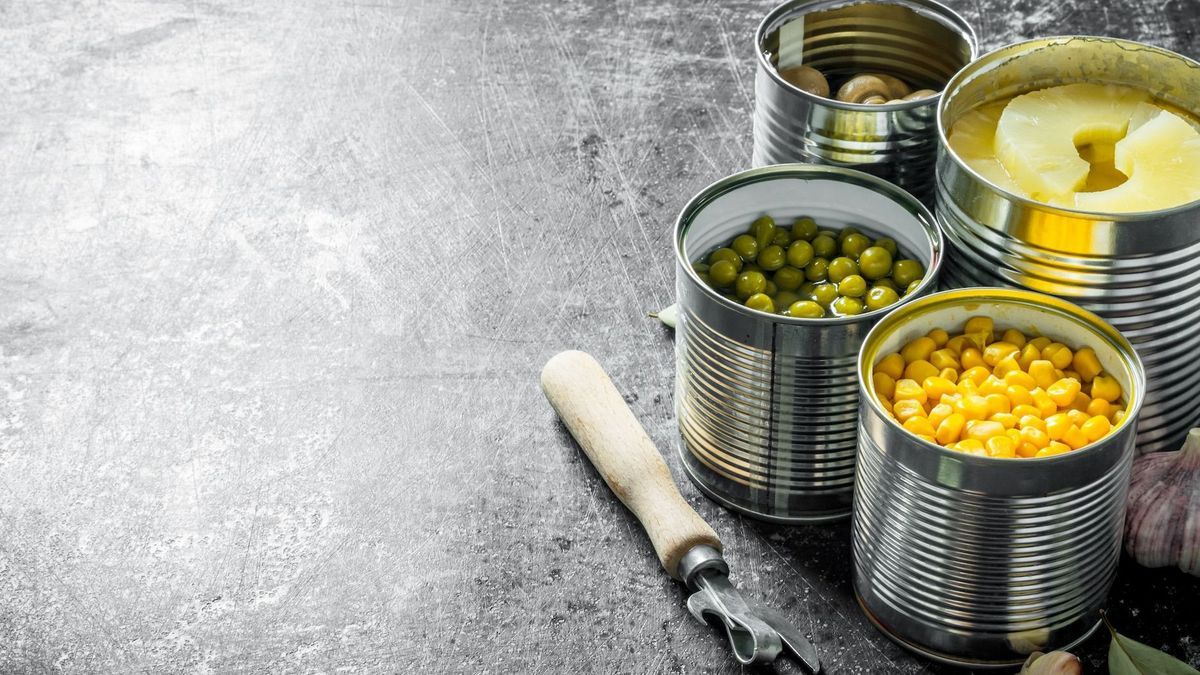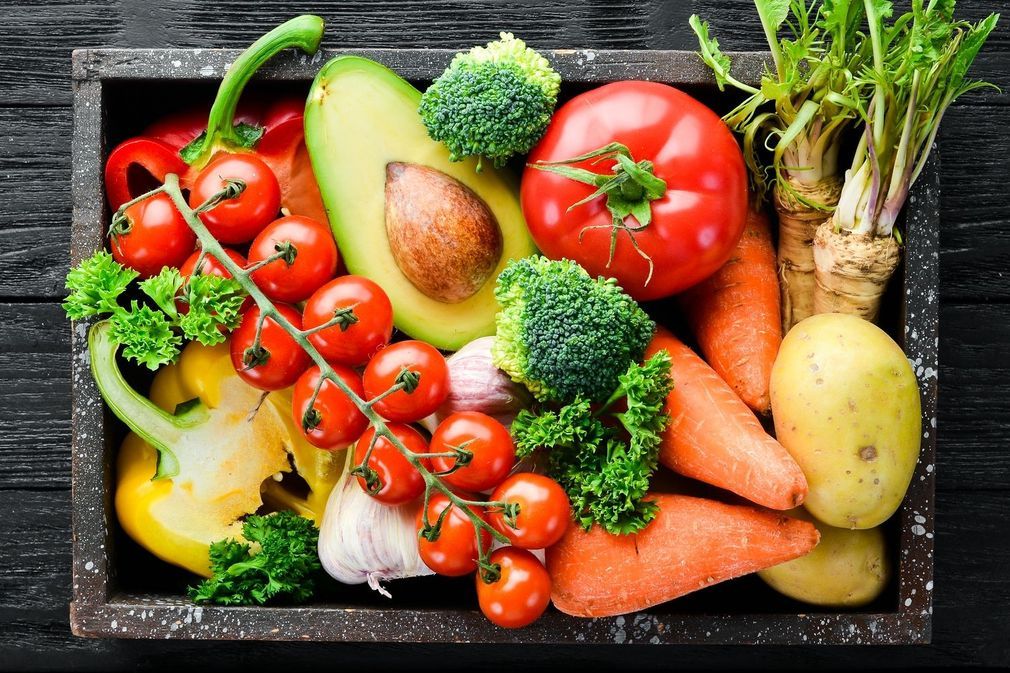
Asparagus, green beans, corn… Your favorite cans may contain dangerous botulinum toxins. How to avoid this deadly disease, which can lead to paralysis? And what precautions should you take in your kitchen? Alexandra Murcier, dietitian-nutritionist, answers us.
What is botulism?
“Foodborne botulism is a serious and potentially fatal disease, but nevertheless rare. It is a poisoning caused by the ingestion of powerful neurotoxins, botulinum toxins, present in contaminated foods.“, indicates the WHO.
These very toxic toxins come from bacteria that flourish in the environment (land, plants, marine or freshwater sediments, etc.) but also in the intestines of animals (pigs, fish, etc.).
Since they only grow in the absence of oxygen, vacuum-packed and canned foods are the most frequently contaminated… and it only takes a small dose to become infected.
As for symptoms, they are mainly digestive (abdominal pain, nausea, vomiting and diarrhea) but can quickly worsen and cause muscle weakness and paralysis.
If not treated in time, food-borne botulism can be fatal and prevent the poisoned person from breathing.
What foods to be wary of?
Foods at risk for the consumer are preserved foods with low acidity, “such as asparagus, green beans or corn, are particularly likely to promote the growth of this bacteria“, reveals Océane Sorel, virologist known under the pseudonym @Thefrenchvirologist.
According to ANSES, family-made or artisanal products should also be consumed with caution, such as:
- Mortadella, salted and dried raw ham, sausage, pâté);
- Greek olives, tapenade, etc.;
- Cured meats made from beef;
- Salted and dried fish, fish marinades;
- Honey (this is the only food known to transmit infant botulism);
- Exceptionally, industrial products may be involved.
Botulism: Signs to spot on your can
The bacteria responsible for botulism can easily contaminate cans if they are damaged or cracked.
This is why certain signs must be spotted in time to avoid any risk:
- “SIf there is an alteration in taste, texture or odor, it is best to avoid consuming the product.”assures Alexandra Murcier, dietitian-nutritionist;
- “Particular attention must be paid to “artisanal” preserved foods which have a greater risk of infection due to poorer sterilization conditions.“, she adds.
- “If the can is swollen or damaged, it should not be consumed.”confirms the expert.
- Finally, “you should hear a noise when opening the can, which proves that it is hermetically closed“, concludes the specialist.
Good to know : Cooking at high temperatures can destroy bacteria”but their spores are resistant and can transform into active bacteria capable of producing toxins during storage. To make preserves, we therefore use sterilization protocols at very high temperatures which will destroy the spores.“, confides Océane Sorel, virologist.
You now have all the keys in hand to avoid being infected.

